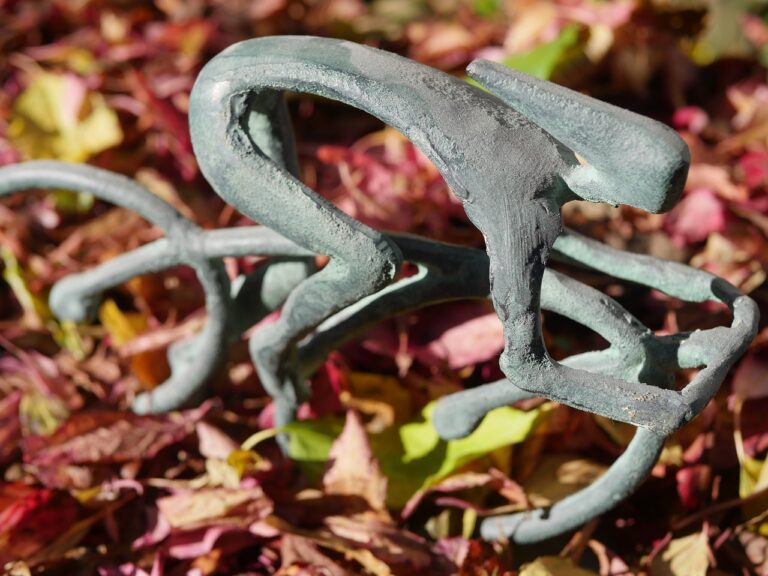The Role of Art and Creativity in Healing Trauma
Art serves as a powerful tool for individuals to express themselves in ways that words often cannot encapsulate. Through the act of creating art, individuals can tap into their deepest emotions, thoughts, and experiences, allowing them to communicate and process complex feelings that may be difficult to articulate verbally. Whether through painting, drawing, sculpting, or any other form of artistic expression, individuals can explore their innermost selves and share their unique perspectives with the world.
Engaging in art as a form of self-expression can also provide a sense of empowerment and control over one’s narrative. By creating art, individuals have the freedom to shape and mold their stories, reclaiming their agency in the face of challenging circumstances. The act of expressing oneself through art can be incredibly cathartic, allowing individuals to release pent-up emotions, gain clarity, and foster a deeper sense of self-awareness and acceptance.
Understanding the Emotional Impact of Trauma
Trauma can have a profound impact on an individual’s emotional well-being, often leading to feelings of fear, anxiety, and helplessness. The emotional toll of trauma can manifest in various ways, such as intense mood swings, a sense of detachment from others, or even recurring nightmares. These emotional responses are the mind’s way of trying to process and cope with the overwhelming experience of trauma.
Additionally, individuals who have experienced trauma may struggle with trust issues, finding it challenging to open up and establish connections with others. The emotional scars left by trauma can create barriers to forming healthy relationships and may result in feelings of isolation and loneliness. Understanding the emotional impact of trauma is crucial in providing effective support and therapy to help individuals navigate their healing journey.
• Trauma can lead to feelings of fear, anxiety, and helplessness
• Emotional toll can result in intense mood swings and detachment from others
• Recurring nightmares may also be a manifestation of emotional trauma
• Trust issues are common among individuals who have experienced trauma
• Emotional scars from trauma can hinder the formation of healthy relationships
Exploring Different Forms of Art Therapy
Art therapy is a versatile form of therapeutic intervention that utilizes various artistic modalities to help individuals express thoughts and emotions that may be difficult to articulate verbally. Through the creative process, individuals can explore their inner experiences, past traumas, and subconscious thoughts in a non-threatening way. Some common forms of art therapy include drawing, painting, sculpting, and collage-making.
Each form of art therapy offers unique benefits and can be tailored to meet the specific needs and preferences of the individual. For example, drawing and painting can be particularly effective in helping individuals visualize and externalize their emotions, while sculpting may provide a tactile outlet for processing complex feelings. Ultimately, the diverse forms of art therapy provide individuals with a safe and non-judgmental space to explore and communicate their inner worlds.
What is art therapy?
Art therapy is a form of therapy that utilizes art-making as a way to help individuals explore their emotions, improve their mental health, and enhance their overall well-being.
How does art therapy help with self-expression?
Art therapy provides individuals with a creative outlet to express their thoughts and feelings in a non-verbal way. This can be especially beneficial for those who may have difficulty communicating their emotions verbally.
Can art therapy help individuals who have experienced trauma?
Yes, art therapy can be particularly effective for individuals who have experienced trauma. Through the process of creating art, individuals can explore and process their emotions related to the trauma in a safe and therapeutic environment.
What are some different forms of art therapy?
Some different forms of art therapy include painting, drawing, sculpture, collage, and even digital art. Each form of art therapy offers unique benefits and can be tailored to meet the individual needs of the client.







